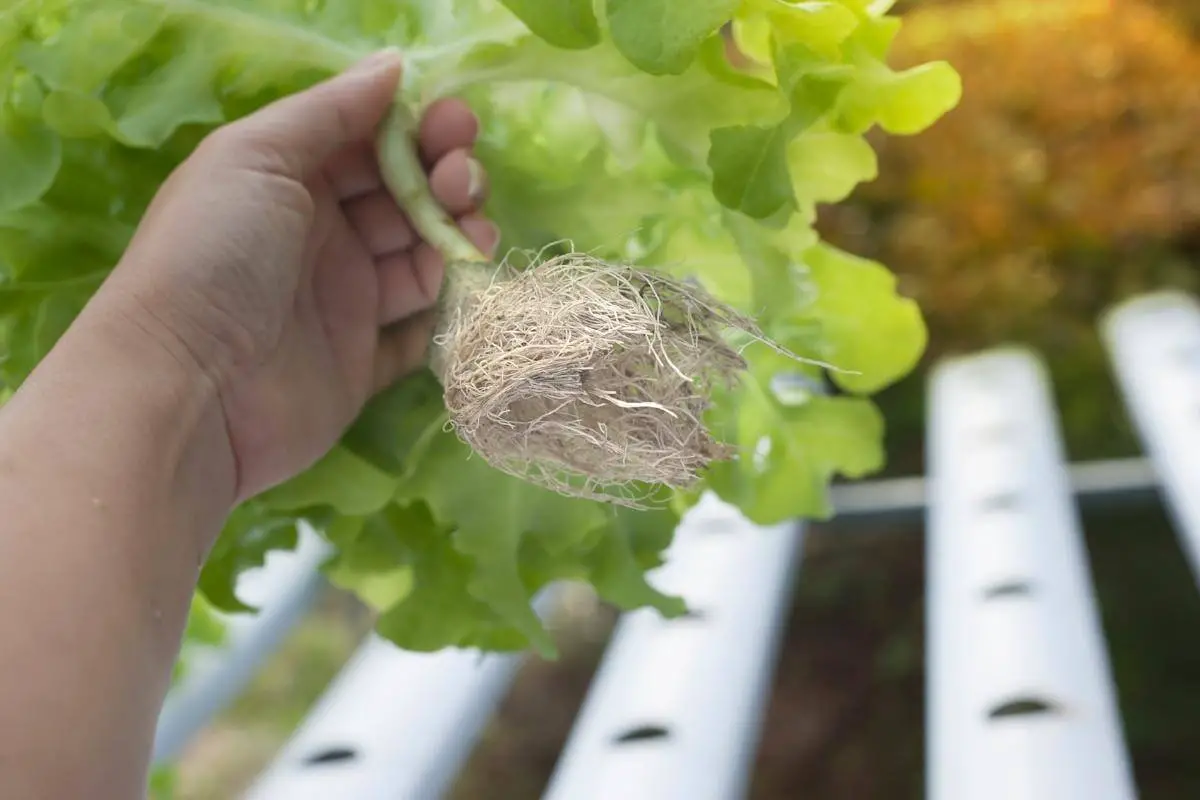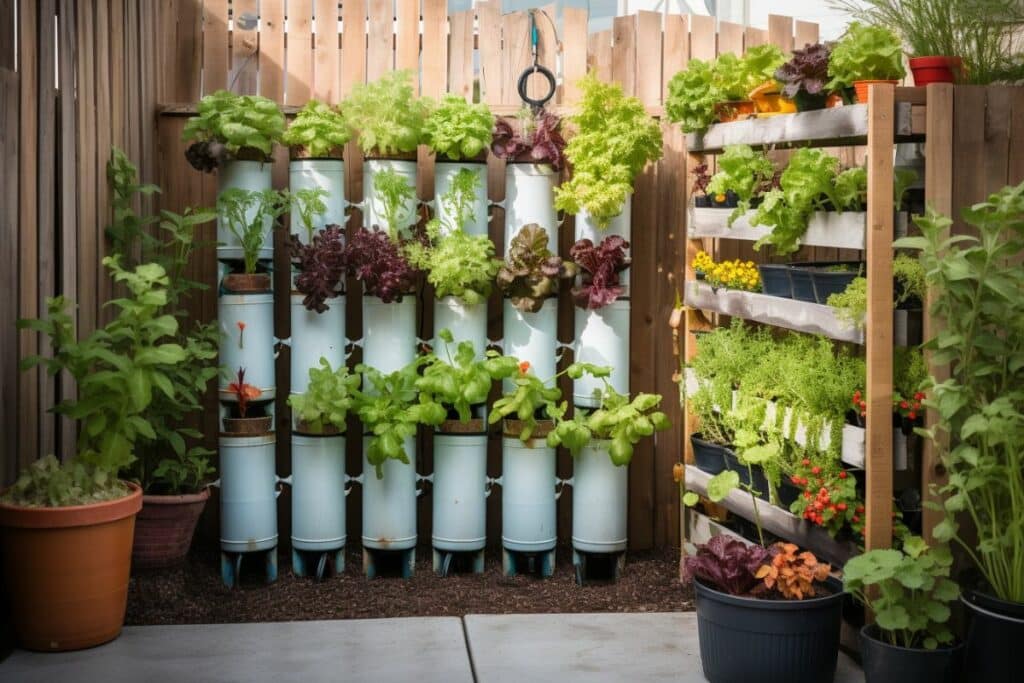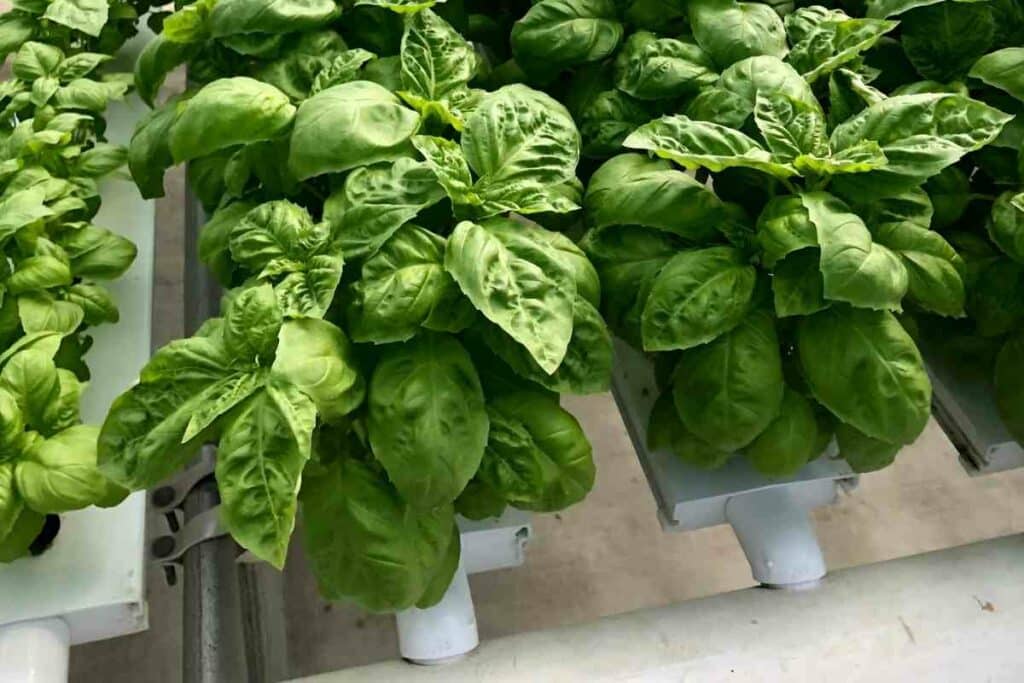The way your aeroponic system works will determine whether you are able to grow plants successfully or not.
This type of system uses a unique way of delivering nutrients to plants.
Small nozzles, similar to miniature sprinkler heads, can be set up to automatically generate a nutrient mist for a few seconds every 10 to 15 minutes, 24 hours a day. This nutrient mist is sprayed onto the developing roots of the plants, where it will stay until some of the nutrients are absorbed by the roots.
Then, as the solution drips off, the roots take in the oxygen from the air, which is also necessary for healthy growth until it’s time for the mist to spray them again.
Setting Up Your Aeroponics System
Setting up an aeroponics system is a fairly simple process, which means that you can do it all on your own with a few elements such as:
- Reservoir to hold the nutrient solution
- Nutrient pump
- Nozzles for mister
- Tubing to get nutrient solution from the pump to the heads in the grow chamber
- Baskets to hold plants
- Growing chamber for roots
- Watertight container for grow chamber
- Timer to turn the pump on and off
Providing the appropriate nutrition to your plants without soil is quite complex but offers many rewards as well.
When you grow plants in soil, the nutrients required for healthy growth are within the soil, which means that this process is more forgiving.
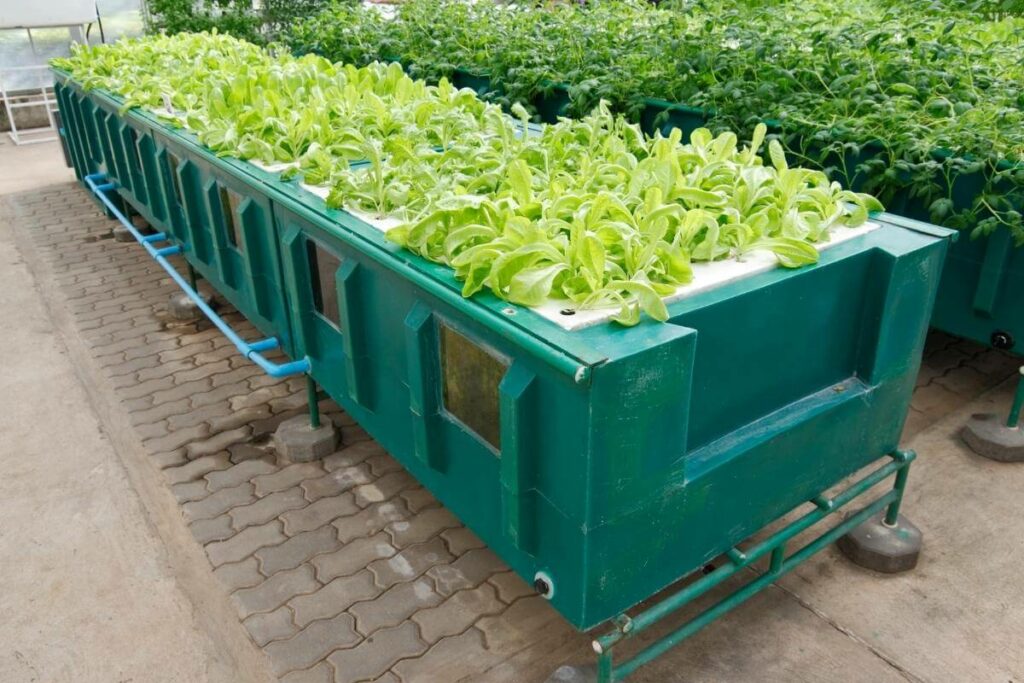
In most cases, soil gardeners are able to get away with simply providing potassium, nitrogen, and phosphorous to their plants and still have good results.
On the other hand, an indoor aeroponic system doesn’t need as much water and nutrients because the roots are sprayed regularly within a specified period based on the requirements of the plant.
The spraying of the nutrients is done by a precise mist of droplets that can be efficiently used through the process of osmosis accomplished by the roots to provide nourishment to the plants.
The best part about this type of growing:
- There’s not much nutrient loss due to runoff or evaporation, as there would be in traditional soil gardening.
- However, you have to be more accurate and prudent when feeding aeroponic plants because any nutrient deficiencies can lead to yield loss or, worse, diseased plants.
Proper Nutrient Formulation for Aeroponics Plants
When you are growing plants using the technique of aeroponics, you must do everything possible to ensure the plants have all they need for healthy growth.
This means that you must take the time to do your research and have a full understanding of everything your plants need.
Your plants should be getting adequate amounts of these primary nutrients:
- Nitrogen
- Potassium
- Phosphorous
In addition, they should also be getting significant amounts of the following secondary nutrients:
- Magnesium
- Sulfur
- Calcium
Finally, you should make sure that your plants are receiving small amounts of the following micro-nutrients:
- Chloride
- Zinc
- Copper
- Manganese
- Boron
- Molybdenum
- Iron
- Others
When it comes to this nutrient mixture, there is no “one size fits all” formula.
Different plants have different needs, so you will need to do your research to figure out what each plant needs and then mix up the nutrient solution accordingly.
Plants Require the Proper Concentration

As mentioned, different plants have different requirements.
In aeroponic gardening, the plants take in the nutrients through osmosis, and there’s a limit to how much the plant can handle.
Therefore, you must make sure that you are mixing up the proper concentration of nutrients, or PPM, for each type of plant you grow.
There are several ways to measure the concentration of the nutrients in the solution. The most common way is to measure the EC, that is, electrical conductivity, with an electrical meter.
Each type of plant has a certain nutrient strength which is most ideal. For example, lettuce grows best with an electrical conductivity of 1.6.
Don’t Forget: In order to ensure that your aeroponic growing system continues to work properly, you must test your nutrient solution on a regular basis.
Maintain Proper pH Balance
If you don’t already know, pH is used to measure the concentration of hydrogen ions within a solution.
If a solution has a high concentration of hydrogen ions, it has a low pH, but if the concentration is low, it will have a high pH.
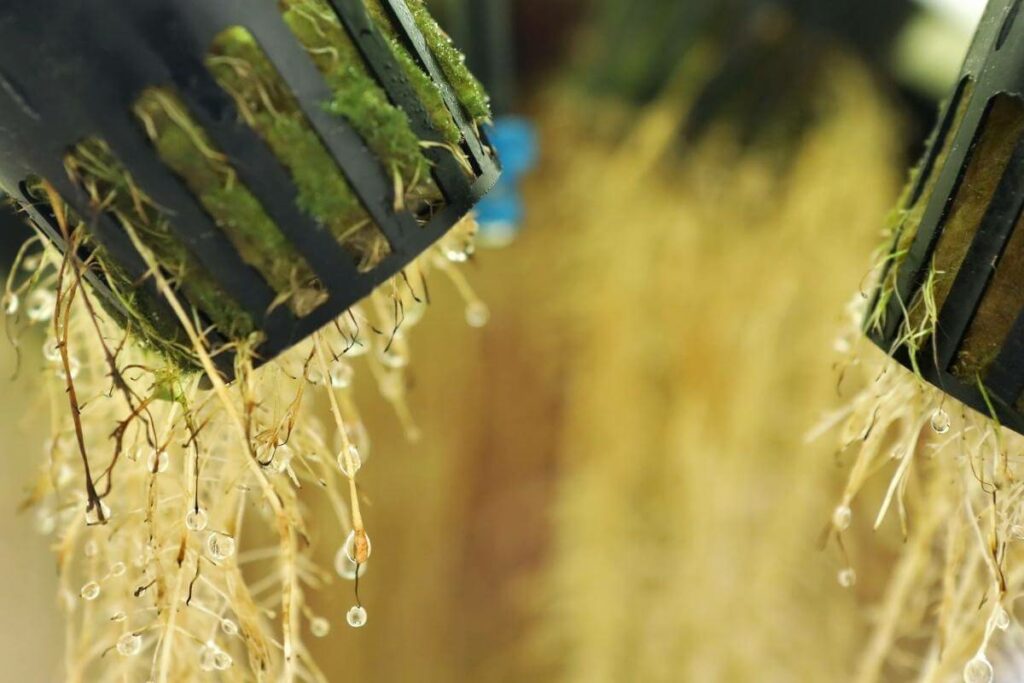
The pH of the nutrient solution indicates the acidity level, which is a critical component for growing healthy plants.
After all, every plant requires a different pH level to ensure proper, healthy growth.
The same applies to traditional soil gardening, the acidity level of the soil will affect the distribution and availability of nutrients.
If there’s an imbalance, it can disrupt the plant’s ability to absorb what they need.
Therefore, when you are setting up your aeroponic system:
- You must calibrate the pH level of the solution based on the needs of the plants you are growing. Most plants will do best if the pH is slightly acidic. Typically, ready-to-use aeroponic solutions will lower the pH. The nutrients assume that you’re starting with water that is neutral, with a pH of 7.0.
- Then, when you add the nutrients, it drops the pH to 6.0. Before you add your nutrient solution to the pump to be delivered to the plants, you must measure the pH of the solution with a pH meter and do what you need to bring it to the range it should be in.
Conclusion
Growing plants with aeroponics is quite tricky- but it’s completely worth it if you can get the system set up right.
You just need to take the time to research what each type of plant is going to need and then work to get the nutrient solution to the proper pH.
Then, you will be able to grow happy, healthy plants without soil.
